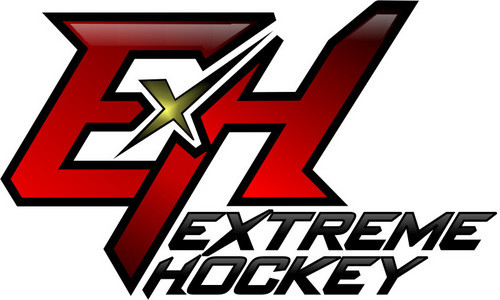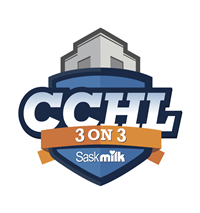SHA Free Checking Clinic
Saskatchewan Hockey Association is offering FREE Checking Skills on-ice sessions FOR HOCKEY PLAYERS MALE and FEMALE!
When: Saturday, September 7th & Sunday, September 8th
Where: Regina Cooperators Centre v RMP Arena (Rink 3)
Who can Attend:
=Male & Female Hockey Players, Novice v Bantam
=Coaches are also welcome to attend; however, must wear a helmet on the ice
Details:Learn the 5 Stages of Checking
1)Skating
2)Angling & Positioning
3)Stick Checks
4)Contact Confidence
5)Body Checking
You can sign up for one day or both days (24 players per group):*Times subject to change
Time:Group:
8:30 v 9:30am Novice
9:45 v 10:45am Atom
11:00 v 12:15pm Peewee
12:30 v 1:45pm Peewee
2:00 v 3:15pm Bantam
Why should my Son or Daughter attend when there is no µbody checking¦ until Bantam?
Body checking is built off of a progression. There are 5 steps v Skating & Agility, Angling & Positioning, Stick Checks, Body Contact/Contact Confidence, Body Checking.
=How does this apply to the Novice player?
oFor the initiation and novice player, their teaching points are Skating & Agility, Angling and Positioning, as well as progressing until parts of stick checks.
=How does this apply to the Atom player?
oFor the atom player, their teaching points are Skating & Agility, Angling and Positioning, Stick Checks and starting to build that contact confidence. Having body contact, is very different than body checking. In order to perform a full body checking µhit¦, all of the above progressions need to be met. The player needs to be able to skate well enough and be strong enough on their skates to perform the actual hit, they also need to have the correct angle to make the hit successful (actual contact, avoid injury to both themselves & recipient, avoid penalty), amongst those progressions they also need to gain separation through the stick check in order to regain possession of the puck and lastly, have the confidence to make that contact/check.
=How does this apply to the Peewee player?
oFor the peewee player, their teaching points are Skating & Agility, Angling and Positioning, Stick Checks and continuing to build and initiate that contact confidence. Having body contact, is very different than body checking. In order to perform a full body checking µhit¦, all of the above progressions need to be met. The player needs to be able to skate well enough and be strong enough on their skates to perform the actual hit, they also need to have the correct angle to make the hit successful (actual contact, avoid injury to both themselves & recipient, avoid penalty), amongst those progressions they also need to gain separation through the stick check in order to regain possession of the puck and lastly, have the confidence to make that contact/check, as well as receive.
=How does this apply to the Bantam player?
oFor the bantam player, their teaching points are reviewing the earlier steps of the progression, such as Skating & Agility, Angling and Positioning, Stick Checks and continuing to build that contact confidence while now taking the steps to deliver and receive an actual body check. In order to perform a full body checking µhit¦, all of the above progressions need to be met. The player needs to be able to skate well enough and be strong enough on their skates to perform the actual hit, they also need to have the correct angle to make the hit successful (actual contact, avoid injury to both themselves & recipient, avoid penalty), amongst those progressions they also need to gain separation through the stick check in order to regain possession of the puck and lastly, have the confidence to make that contact/check, as well as receive. Once in Bantam v the players can legally use body checking as a skill within their game. Having worked through all of the 4 other progressions, the player should now be able to complete their check at this level both within the rules of the game and safely to themselves and the opposing players.
=How does this apply to the Female player?
oFor a Female player, the key teaching points are Skating & Agility, Angling and Positioning, Stick Checks and starting to build that contact confidence. Having body contact, is very different than body checking v the female game does have body contact.
In order to have body contact within the rules of the game, all of the above progressions need to be met. The player needs to be able to skate well enough and be strong enough on their skates to perform that contact, they also need to have the correct angle to make them successful in having that separation from the opposing puck carrier & the puck, amongst those progressions they also need to gain separation through the stick check in order to regain possession of the puck and lastly, have the confidence to make that contact, as well as receive.
Please visit www.sha.sk.ca to reserve your spot today!










